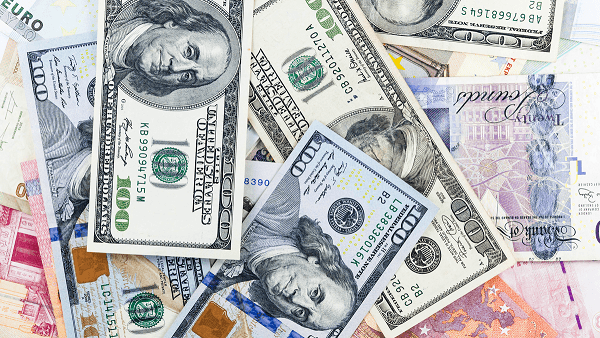- Japanese Yen (JPY) rises after hawkish BoJ comments
- Safe haven flows after the US election debate also boosted the yen
- US Dollar (USD) rises versus its major peers
- US CPI data was mixed
The US Dollar Japanese Yen (USD/JPY) exchange rate is falling for a second straight day. The pair fell 0.5% in the previous session, settling on Tuesday at 142.43. At 20:00 UTC, USD/JPY trades -0.13% at 142.25 and is in a range of 140.72 to 142.55.
The Japanese yen strengthened overnight and rose to an 8-month high against the US dollar on safe-haven flows after the US presidential election debate and following hawkish commentary from Bank of Japan officials.
The safe-haven yen benefited from rising uncertainty after a fiery clash between Republican candidate Donald Trump and Democrat nominee Kamala Harris. This clash reminded the markets that uncertainty and volatility could be high leading up to the November election. While the odds of a Harris victory have shifted slightly in her favor, it’s still too close to call for market participants.
Separately Bank of Japan board member Junko Nakagawa signaled that the central bank may need to hike interest rates again. Nakagawa said that the impact of the currency on inflation was now larger than had been previously the case.
The US Dollar is falling versus the yen but rising against its major peers. The US Dollar Index, which measures the greenback versus a basket of major currencies, trades at 101.67 at the time of writing, up 0.05%, marking a fifth day of gains.
The US dollar is holding steady, recovering from earlier losses after a mixed inflation report and as the market digests the presidential election debate.
Headline inflation cooled by more than expected, easing to 2.5% year over year in August, down from 2.9% in July. This was below economists expectations of 2.6%
Meanwhile, core inflation, which excludes more volatile items such as food and fuel, rose unexpectedly by 0.3%, up from 0.2% in the previous month and ahead of forecasts of 0.2%.
The data has dampened expectations that the Fed will cut interest rates by 50 basis points next week, and instead, the market is increasingly seeing a 25 basis point rate cut as the base case scenario.





